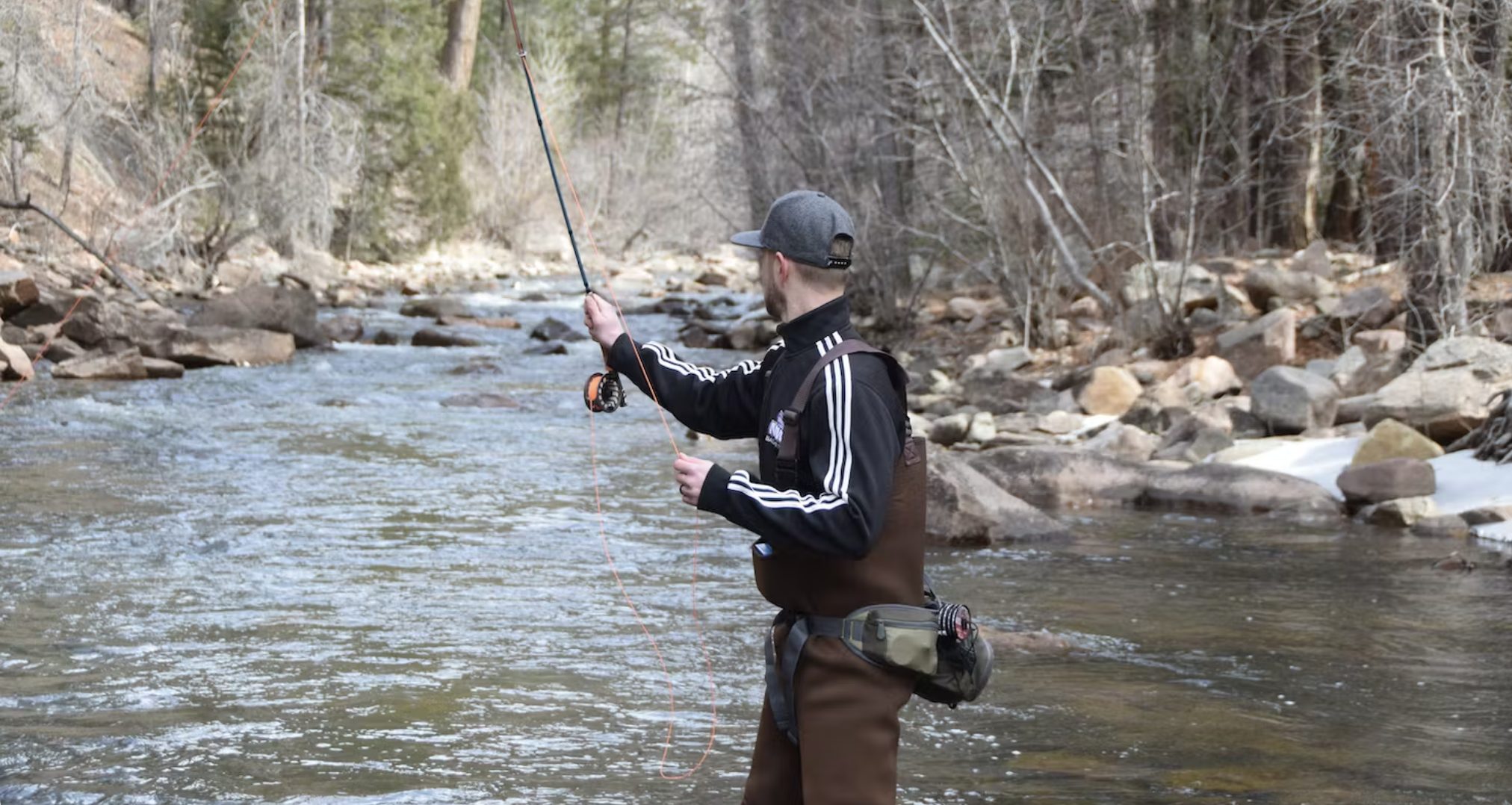Setting up your fly fishing gear properly is crucial for a successful angling experience. Here are the key steps to ensure your rod, reel, and line are ready for action:
- Selecting the Right Rod and Reel: Choose a rod and reel combo suited to the type of fishing you’ll be doing and the size of the fish you’re targeting. Consider factors like rod weight and reel size to achieve balance and performance.
- Preparing the Fly Backing: Use an appropriate amount of backing on your reel, ensuring it doesn’t exceed the capacity needed for your fly line. Attach the backing securely with a nail knot, distributing it evenly across the spool.
- Choosing the Fly Line: Decide whether you need floating or sinking fly line based on your fishing conditions. Select a weight-forward or double-taper line taper that suits your casting style and preferences. Consider “overlining” for added casting power.
- Assembling the Rod and Reel: Take care when assembling your fly rod, ensuring proper alignment of the rod sections and guides. Attach the reel securely to the rod, making sure it spins smoothly and is compatible with your casting hand.
- Setting Up Line and Leader: Pull out enough fly line to avoid threading the leader through the guides during setup. Attach a tapered leader to the end of the fly line using a loop-to-loop connection or arbor knot. Ensure a secure connection.
- Attaching Tippet: Add tippet to your leader if necessary, using a double surgeon’s knot for a secure attachment. Consider fluorocarbon tippet for nymphing applications.
- Attaching the Fly: Choose the appropriate knot for attaching your fly to the tippet, such as a clinch knot for single-fly setups or a double surgeon’s knot for multi-fly rigs. Ensure the knot is secure and trim any excess line.

By following these steps carefully, you can set up your fly fishing gear efficiently and effectively, ensuring an enjoyable fishing experience on the water.
Image/Source: Curated





